Summary
The lake is surrounded by beautiful mountains and offers stunning views, making it a great spot for outdoor enthusiasts.
The prevalent fish species in Lym Lake include rainbow trout, brown trout, cutthroat trout, and brook trout. These fish can be caught using a variety of fishing techniques, including fly fishing, spin casting, and bait fishing. Fishing tips include using small lures and baits for the smaller fish, and larger lures for the bigger fish.
Aside from fishing, there are many other activities to enjoy in the area, including hiking, camping, and wildlife watching. Nearby attractions include the Uinta National Forest, Mirror Lake Scenic Byway, and the High Uintas Wilderness Area.
The best time of year to visit Lym Lake for fishing is during the summer months from June to August, when the average temperature is around 75°F. During this time, the fish are more active and there is less chance of snow or ice on the lake. However, fishing is also possible in the fall and spring months, although the temperature can be cooler and the weather can be more unpredictable.
Overall, Lym Lake is a great destination for fishing enthusiasts and outdoor lovers looking to explore the natural beauty of Utah.
Weather Forecast
Nearby Streamflow Levels
Angling Safety Guidelines
Check local fishing rules, seasons, size limits, and license requirements to ensure legal and sustainable angling.
Handle Fish Responsibly
Use wet hands, minimize air exposure, and release fish gently to improve survival rates when practicing catch-and-release.
Choose the Right Gear
Match your rod, line, and tackle to the species and conditions to increase success and reduce unnecessary harm to fish.
Respect the Waterway
Avoid disturbing habitat, prevent bank erosion, and keep a safe distance from spawning areas to protect ecosystems.
Keep It Clean
Pack out all line, hooks, bait containers, and trash—discarded gear can injure wildlife and degrade waterways.
Related Links
Area Campgrounds
| Location | Reservations | Toilets |
|---|---|---|
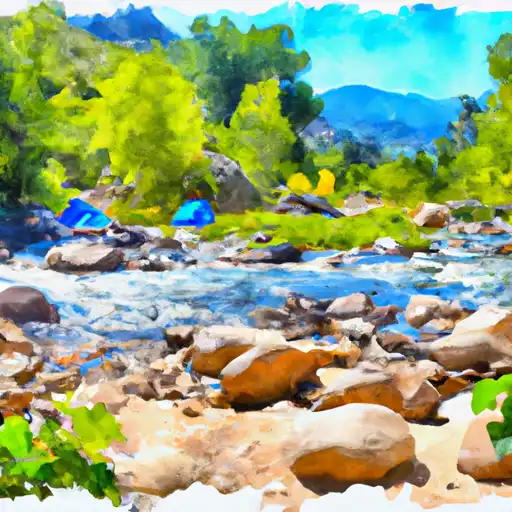 East Fork Bear River
East Fork Bear River
|
||
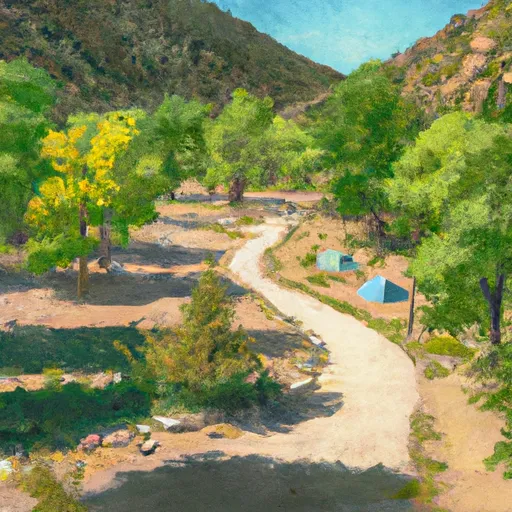 East Fork Bear River Campground
East Fork Bear River Campground
|
||
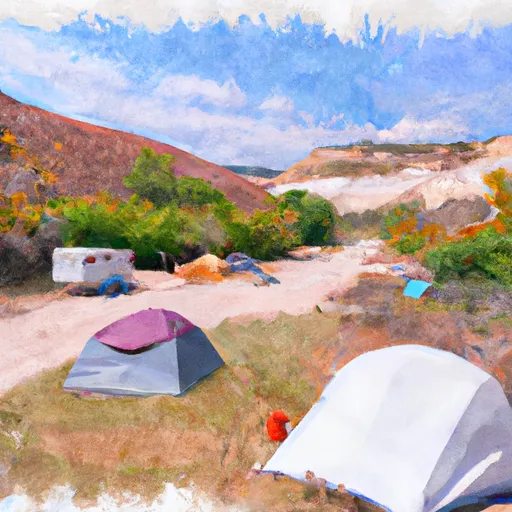 Bear River Campground
Bear River Campground
|
||
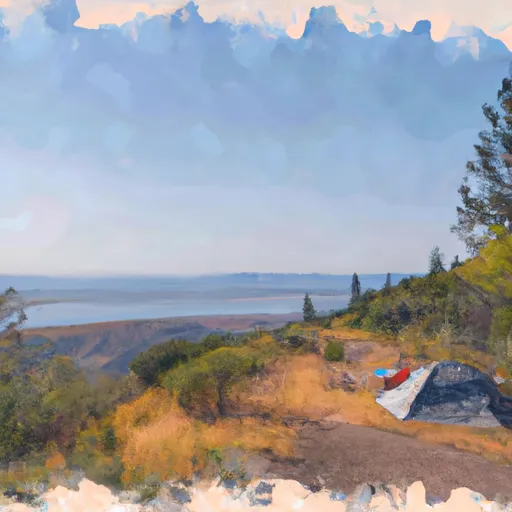 Bear River
Bear River
|
||
 Christmas Meadows
Christmas Meadows
|
||
 Christmas Meadows Campground
Christmas Meadows Campground
|

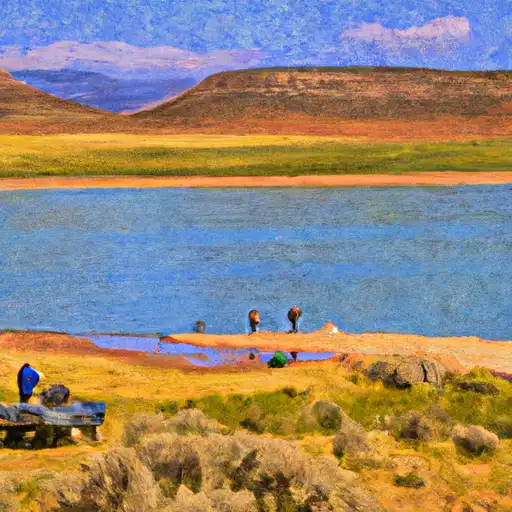 Baker Lake
Baker Lake
 Little Lyman Lake
Little Lyman Lake
 Hayden Fork River
Hayden Fork River
 Amethyst Lake
Amethyst Lake
 Kermsuh Lake
Kermsuh Lake
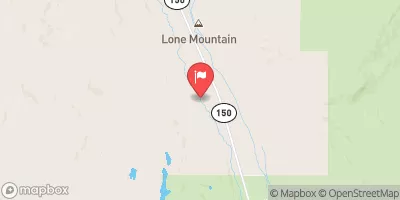
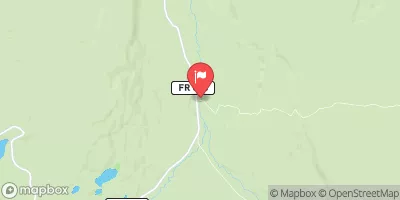



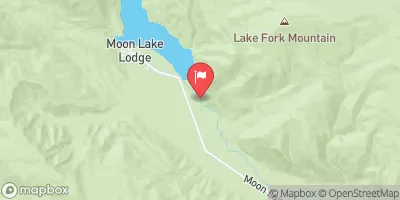
 Price
Price